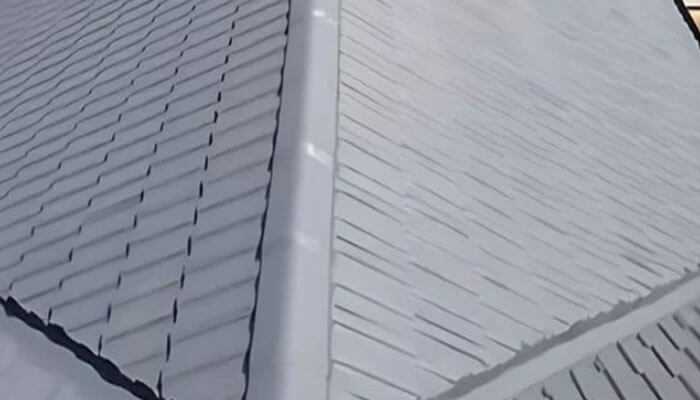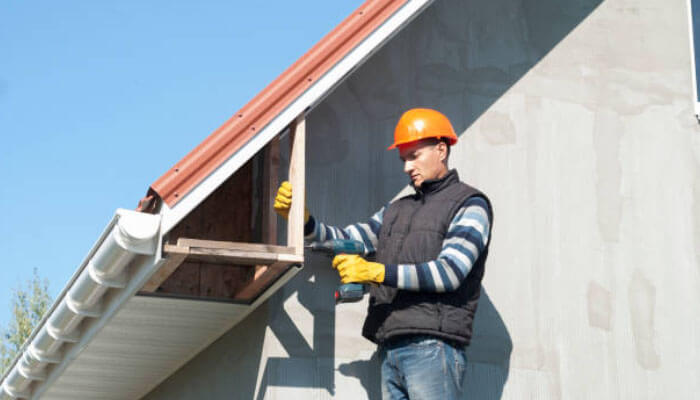There are many positive benefits to taking care of your home’s roof. In addition to preventing potential water damage, the right roof treatments will also increase the lifespan of your roof, which can also lead to a significant saving down the line.
What your roof needs depends on factors such as its age, condition, and existing maintenance. While many locals resort to roof restoration Melbourne roofing companies offer, the good news is that your roof may benefit from a wide range of other treatments.
Choose the Right Treatment For Your Roof
When it comes to selecting the right treatment for your roof, the good news is that a simple sealing or repainting may be all that’s needed. Older roofs that haven’t been maintained effectively may require more extensive restorations.
You will therefore have to know what roofing companies offer to choose the right treatment for your roof. We’ve compiled a list of roof treatments that will improve your roof’s lifespan and add to its general aesthetic.
1. Roof Cleaning and De-Mossing
One of the easiest and most basic roof treatments involves cleaning and de-mossing. This process involves algae, moss, mold and mildew from the roof. If not removed, moss and mildew can easily shorten the lifespan of your roof as it keeps roof materials damp for extended periods.
Wooden components can become rotten and the asphalt in shingles can become eroded. The cleaning process involves pressure cleaning the roof to remove moss and algae buildup. This type of cleaning also prepares the surface for work or painting. Your roofer will also be able to identify any damages that need to be repaired.
2. Gutter Repair and Replacement
As with other aspects of your roof, your guttering system is an essential maintenance aspect that prevents water damage, dampness, and long-term issues. Neglecting your gutters can easily result in them becoming full of leaves, sand, and twigs. This will then lead to water pooling in the gutters and downpipes. When this happens, gutters can become corroded, resulting in water damage to both the exterior and interior of your home.
If you invest in a roof maintenance plan, your roofer will regularly clean out your gutters, ensuring that there’s no build-up of leaves and other organic material that can hamper the flow of water out of the gutter. How often this is done will depend on how much rainfall your area receives and the current condition of your guttering system.
3. Sealing and Painting
Depending on the condition of your roof, it may be necessary to perform these tasks individually or together. Essentially, sealing refers to applying silicone sealant to any open spaces, gaps, or cracks on the roof. Sealing these spaces keeps water from getting into the interior of your roof and causing water damage.
Painting a freshly sealed roof adds another layer of protection against UV rays, moisture, rot and mould. In some instances, paint can also be used to reflect heat which helps with insulation. In addition to protecting your roof from rust and corrosion, quality paint can also improve the aesthetic of your home.
4. Repairing Timber Fascia and Eaves
The timber fascia refers to the horizontal board that runs along the roofline of your home. This piece of timber covers the gap between the house walls and the roof. Facias are designed to protect the roof from water damage and support roof tiles. In some homes, the fascia also helps to keep the guttering in place.
Over time the fascia boards can become worn and rotten and will need to be replaced. Your roofer can replace these boards which will not only enhance protection against water damage but will also improve the curb appeal of your home.
5. Roof Tile Repair
Tiled roofs may have a reputation for being quality roofing materials but even they will become worn and damaged over time. Broken or loose tiles could easily create an entry point for moisture which could in turn lead to mould developing inside your home. Larger cracks and damages can allow significant amounts of water to get in.
When doing roof treatments, your roofer will check for damaged and loose tiles. These will be secured or replaced to make your roof stronger and keep moisture out. In this repair process, the underlayment under the tiles is also checked and replaced if necessary. Doing this not only keeps water out but also maintains the structural integrity of your roof and its components.
Final Thoughts
Roof treatments don’t always need to involve complex and expensive repairs. The types of roof repairs and maintenance your roof requires will depend on the type of roof you have and its current condition. Regular maintenance will ensure that minor damages don’t become major problems that will end up requiring partial or complete roof restorations or replacements.
General maintenance is typically more cost-effective than long-term replacements. Speak to your local roofing contractor for a full assessment of your roof to determine the exact maintenance required.



